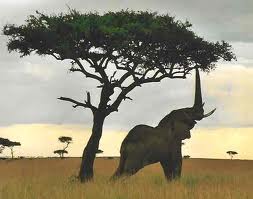SO 1 :
Conduct patrols in order collect and interpret information associated wit conservation guardianship
AC 1 : Ground level-look or listen in a specific area. Also smell carcasses that are near by.
AC 2: Different formations are used , line , u , v & scorpion formations. Do not make noise alerting the poacher of your presence, you must use maps.
AC 3 : Written report is kept for investigation, written report after every patrol.
AC4 : Patrols must be done regularly is must be unexpected because poacher won't be used to patrol times.
AC 5 : Checks must be done like look at - man made equipment which can be a trap. Check for possible poaching and shares.
SO 2 : React appropriately within the law and according to established procedures, in order to counter any illegal activities.
AC 1 : Suspect mustn't be handled with force, be calm & think it through. Be in control.
AC 2 : Disarm suspect and check for more or any other weapons.
AC 3 : Lawful arrests with minimum force. Identify them explain all minor detail request permits, read suspect right to them.
AC 4 : Question suspect in a manner that will be use full.
SO 3 : Collect evidence in order to be able to prosecute a suspect and present evidence in court of law.
AC 1 : Make sure the area of happening is closed off to standards, procedures & requirements.
AC 2 : Use appropriate learner for the job.
AC 3 : The extent of the offense and individual rights are explained to suspect as it applies to legal requirements.
'You have the right to remain silent and we recognize that you have the right to a court date in 48 hours."
AC 4 : Assist with the preparation of a docket according to operational and legal requirements.
AC 1 : Techniques are utilized to ensure the maintaining of communication as it applies to patrolling. Hand signals, radio procedures, cell phones and geographic references.
AC 2 : Appropriate report formats are used to present info.
AC 3 : A verbal debrief is conducted with patrol members and other audiences as it applies to patrol and conservation guardianship operations.
AC 1 : Communication: Hand signals, radio, reporting back to another person.
AC 2 : So as to know what has happen and have evidence for a report.
AC 3 : To inform all members.










